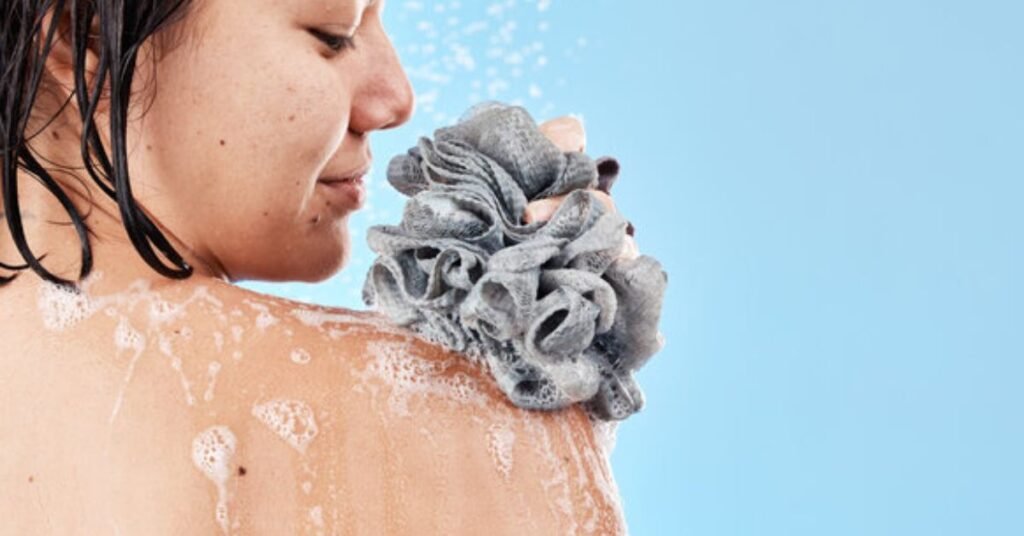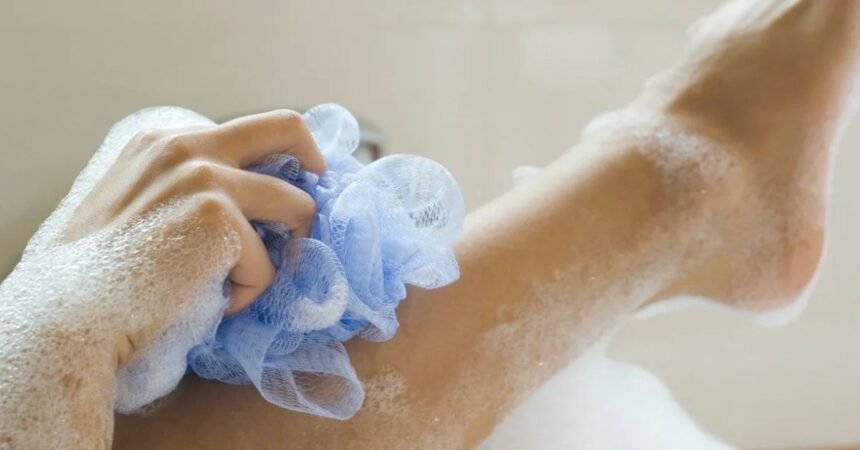Introduction
Loofas are more than just a sponge. These natural exfoliants have become a staple in personal care routines for their effectiveness and eco-friendliness. Understanding loofas—their origins, benefits, and proper use—can significantly enhance your skincare regimen. This comprehensive guide will explore what loofas are, their importance, practical applications, and solutions to common challenges. By the end of this article, you’ll be well-equipped to incorporate loofas into your daily routine and maximize their benefits.
Detailed Explanation of Key Concepts
What is a Loofa?
A loofa (or luffa) is a natural sponge made from the fibrous skeleton of the loofah plant, which is related to cucumbers and pumpkins. Unlike synthetic sponges, luffa are biodegradable and provide a natural exfoliation option.
How is a Loofa Made?
- Harvesting: Loofah fruits are harvested when fully mature, and the skin is dried and brown.
- Peeling: The outer skin of the loofah fruit is peeled off to reveal the fibrous inner structure.
- Cleaning: The fibers are cleaned to remove seeds and any residual pulp.
- Drying: The cleaned fibers are dried thoroughly to achieve the sponge-like texture.
- Processing: The dried luffa is cut and shaped according to its intended use, such as bath sponges or exfoliating pads.
Types of Loofas
- Natural Loofas: Made from the luffa plant, these are known for their eco-friendliness and natural exfoliating properties.
- Synthetic Loofas: Made from man-made materials, these often mimic the texture of natural loofas but lack their environmental benefits.
- Loofa Pads: Compressed loofa fibers used in facial and body scrubs for targeted exfoliation.
Importance and Benefits
Why Use a Loofa?
Incorporating a loofa into your routine offers several benefits:
- Effective Exfoliation: Loofas remove dead skin cells, revealing smoother and healthier skin underneath.
- Improved Blood Circulation: The massaging action of a loofa enhances blood flow, which is beneficial for overall skin health.
- Cellulite Reduction: Regular use can help reduce the appearance of cellulite by improving skin texture and tone.
- Natural and Sustainable: Unlike synthetic sponges, natural loofas are biodegradable and environmentally friendly.
- Better Product Absorption: Exfoliating with a loofa allows moisturizers and other products to penetrate more deeply, increasing their effectiveness.
Real-World Applications
- Daily Bathing: Using a loofa in your daily shower or bath helps keep your skin clean and free of dead cells.
- Facial Care: Loofa pads designed for the face can gently exfoliate and brighten the skin without causing irritation.
- Cellulite Treatments: Incorporating loofa use into your skincare regimen can be part of an effective cellulite reduction strategy.

Applications and Use Cases
Practical Examples of Loofa Use
- Skincare Regimens: Many individuals use loofas to enhance their exfoliation routines. Combining a loofa with body scrubs can lead to better results and smoother skin.
- Spa Treatments: Spas often use loofas for body treatments, leveraging their natural exfoliating properties in various massage and scrub treatments.
Case Studies
Case Study 1: A wellness center integrated loofas into their body treatments. Clients reported improved skin texture and increased satisfaction due to the effective exfoliation provided by the loofa.
Case Study 2: A beauty influencer featured loofas in her skincare routine and noted significant improvements in skin smoothness and hydration. Her review highlighted the loofa’s effectiveness in enhancing the absorption of skincare products.
Challenges and Solutions
Common Challenges
- Hygiene Issues: Loofas can harbor bacteria if not properly cleaned and dried.
- Durability: Natural loofas can wear out with time and may require frequent replacement.
- Skin Sensitivity: Some people may find loofas too abrasive, especially on sensitive skin.
Solutions and Strategies
- Proper Cleaning: Rinse your loofa thoroughly after each use and allow it to dry completely. Disinfect it weekly with a water and vinegar solution to maintain hygiene.
- Regular Replacement: Replace your loofa every 4 to 6 weeks or when signs of wear become apparent. This ensures optimal exfoliation and hygiene.
- Choosing the Right Loofa: For sensitive skin, opt for softer loofa pads or gloves. Test a small area before full use to ensure compatibility.
Conclusion
The loofa is a versatile and eco-friendly addition to your personal care routine. Its natural exfoliating properties, combined with benefits such as improved circulation and reduced cellulite appearance, make it a valuable tool for maintaining healthy skin. While challenges like hygiene and durability exist, proper care and regular replacement can address these issues effectively.
Explore the benefits of using a loofa today and consider incorporating it into your skincare regimen. For more information on selecting the right loofa or to purchase high-quality options, visit our website or reach out to our customer service team. Embrace the natural power of loofas and enjoy healthier, smoother skin in your daily routine.








